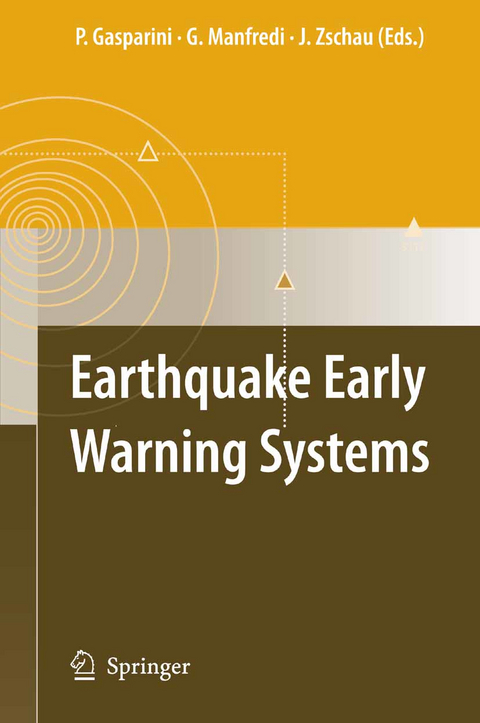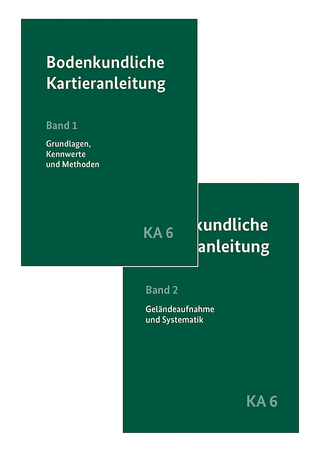
Earthquake Early Warning Systems
Springer Berlin (Verlag)
978-3-540-72240-3 (ISBN)
During the past few decades of the 20th and the first years of the present Century, economic losses and human casualties due to natural disasters increased exponentially on our planet, mainly because of the increased density of population and industry in high hazard areas. Although the prediction of earthquakes is not practicable yet, the present technology allows a prompt identification of the onset of any dangerous seismic event before it hits an urban area. Hence early warning- and rapid disaster information systems are becoming important means for strengthening the resilience of our society against the negative consequences of extreme seismic events. Earthquake early warning can provide an alert within a few tens of seconds in advance. This small lead time may be used to minimize property damage and loss of lives in metropolitan areas and to aid emergency response. The book provides information on the major EEW systems in operation and on the state of the art of the different blocks forming an EW system: the rapid detection and estimation of the earthquake's focal parameters, the signal transmission, the engineering interface and the information reliability/false alarm problem.
Paolo Gasparini, is Full Professor of Geophysics at the University of Napoli Federico II and President of Center of Competence AMRA. He is Advisor for Environment to the EC Commissioner of Research. He was President of IAVCEI. His activities include the assessment of volcanic and seismic hazard and risk. He is on the steering committee of the EC SAFER project on seismic early warning.
Real-time Earthquake Damage Mitigation Measures.- Can Earthquake Size be Controlled by the Initial Seconds of Rupture?.- The ElarmS Earthquake Early Warning Methodology and Application across California.- Real-time Estimation of Earthquake Magnitude for Seismic Early Warning.- A New Approach to Earthquake Early Warning.- Optimal, Real-time Earthquake Location for Early Warning.- The Virtual Seismologist (VS) Method: a Bayesian Approach to Earthquake Early Warning.- A Strong Motion Attenuation Relation for Early-warning Application in the Campania Region (Southern Apennines).- Quantitative Seismic Hazard Assessment.- Seismic Early Warning Systems: Procedure for Automated Decision Making.- The Crywolf Issue in Earthquake Early Warning Applications for the Campania Region.- Earthquake Early Warning and Engineering Application Prospects.- UrEDAS, the Earthquake Warning System: Today and Tomorrow.- State of the Art and Progress in the Earthquake Early Warning System in Taiwan.- FREQL and AcCo for a Quick Response to Earthquakes.- Development and Testing of an Advanced Monitoring Infrastructure (ISNet) for Seismic Early-warning Applications in the Campania Region of Southern Italy.- An Early Warning System for Deep Vrancea (Romania) Earthquakes.
| Erscheint lt. Verlag | 25.6.2007 |
|---|---|
| Zusatzinfo | XXIV, 350 p. 153 illus., 20 illus. in color. |
| Verlagsort | Berlin |
| Sprache | englisch |
| Maße | 155 x 235 mm |
| Gewicht | 228 g |
| Themenwelt | Naturwissenschaften ► Geowissenschaften ► Geografie / Kartografie |
| Naturwissenschaften ► Geowissenschaften ► Geologie | |
| Naturwissenschaften ► Geowissenschaften ► Geophysik | |
| Schlagworte | Early Warning • Earthquake • earthquake damage reduction • Geoinformationssysteme • Landscape/Regional and Urban Planning • Monitoring • rapid disaster information • Seismic |
| ISBN-10 | 3-540-72240-8 / 3540722408 |
| ISBN-13 | 978-3-540-72240-3 / 9783540722403 |
| Zustand | Neuware |
| Haben Sie eine Frage zum Produkt? |
aus dem Bereich


